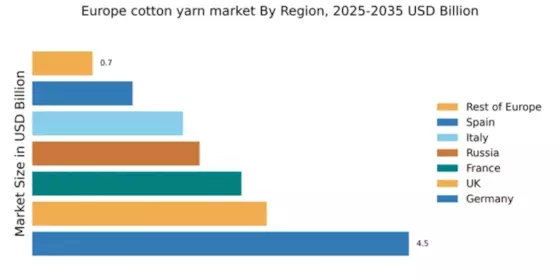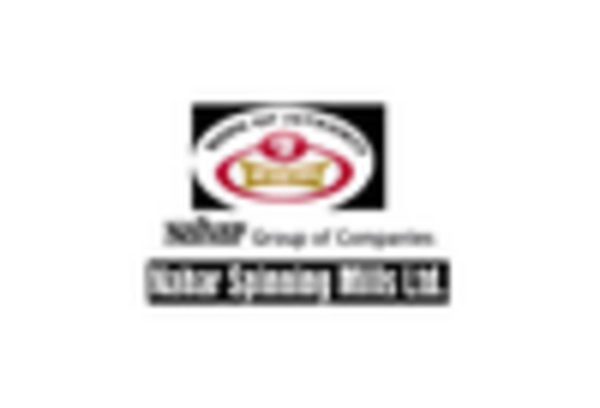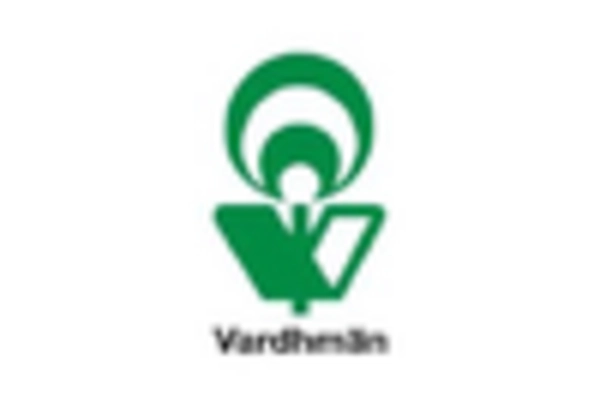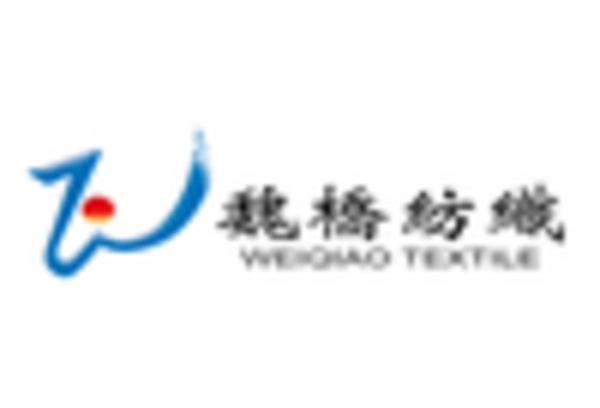Germany : Strong Demand and Innovation Drive Growth
Germany holds a dominant market share of 4.5% in the European cotton yarn sector, valued at approximately €1.2 billion. Key growth drivers include a robust textile manufacturing base, increasing demand for sustainable fabrics, and government initiatives promoting eco-friendly production. The country’s stringent regulatory policies support quality standards, while advanced infrastructure facilitates efficient supply chains and logistics, enhancing overall market dynamics.
UK : Innovation Fuels Cotton Yarn Demand
Key markets include London, Manchester, and Leicester, where a mix of traditional and modern textile industries thrive. The competitive landscape features major players like Arvind Limited and Vardhman Textiles, alongside local manufacturers. The UK market is dynamic, with a focus on high-value applications in fashion and technical textiles, fostering a vibrant business environment.
France : France's Cotton Yarn Market Expands
Key markets include Paris, Lyon, and Marseille, where a blend of traditional craftsmanship and modern textile innovation exists. The competitive landscape features significant players like Weiqiao Textile Company and local French manufacturers. The market dynamics are influenced by a strong fashion industry, with cotton yarn being essential for both apparel and home textiles.
Russia : Russia's Cotton Yarn Landscape Evolves
Key markets include Moscow and St. Petersburg, where textile manufacturing is concentrated. The competitive landscape features both local and international players, with companies like Hubei Gohigh Textile gaining traction. The local market dynamics are characterized by a shift towards modern production techniques and a focus on quality, catering to both domestic and export markets.
Italy : Italy's Cotton Yarn Market Thrives
Key markets include Milan, Florence, and Prato, known for their textile manufacturing excellence. The competitive landscape features major players like Loyal Textile Mills and local artisans. The market is dynamic, with a focus on high-quality applications in fashion and home textiles, creating a vibrant business environment that attracts both local and international investments.
Spain : Spain's Market Shows Resilience
Key markets include Barcelona and Valencia, where a mix of traditional and modern textile industries thrive. The competitive landscape features both local manufacturers and international players, with a focus on quality and sustainability. The local market dynamics are characterized by a growing emphasis on eco-friendly practices, catering to both domestic and export demands.
Rest of Europe : Emerging Trends in Cotton Yarn
Key markets include smaller countries like Belgium, Netherlands, and Austria, where local manufacturers focus on specialty applications. The competitive landscape is fragmented, with various small to medium enterprises dominating. The local market dynamics are influenced by unique regional demands, creating opportunities for innovation and niche products.


















Leave a Comment